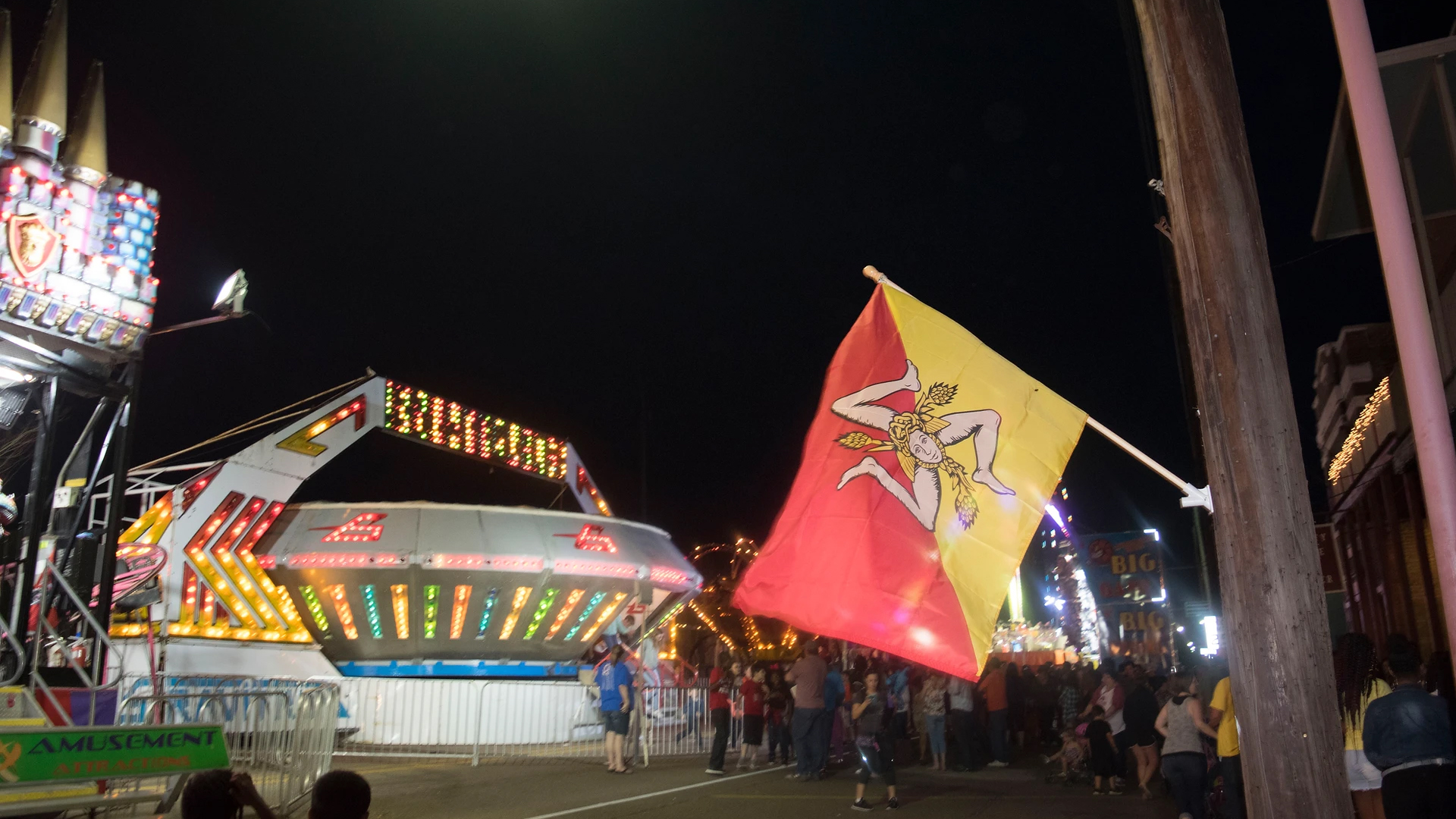When you hear the word Louisiana, the first thing that comes to mind is most likely New Orleans and the French Quarter. There are Creole, French, Spanish, and African influences throughout the state. While Louisiana has a rich French history, there is also a very strong Italian presence.
According to Sam Hyde, director of the Center for Southeast Louisiana Studies at Southeastern Louisiana University, Tangipahoa Parish in Southeast Louisiana houses the largest rural population of Italians in the United States. Hyde says, “We grew up going over to Italian friends’ houses and eating different types of foods and hors d’oeuvres plates and going to St. Joseph’s altars with spaghetti or something like that everybody would eat.”

(Photo Credit: Louisiana Travel)
Southern Beginnings
Many southern Italians and Sicilians immigrated to New Orleans after the Reconstruction era looking for work after freed slaves left Louisiana after the Civil War. By 1880, the New Orleans port and plantation workforce was primarily Italian. Some of the population decided to leave the city to work on the railroads and farms near Independence, LA, and Uncle Sam, LA.
In these rural towns, many Italians built small farms and the nearby railroad allowed them to easily ship their crops to the city ports. The soil in Tangipahoa parish gave strawberries a unique color and sweeter flavor. This drew many Italians to the area to establish their own farms.
The Italian Cultural Museum in the Parish says that Italians in Tangipahoa parish are concentrated in an 11-mile long corridor that stretches from the towns of Amite down to Tickfaw, with the town of Independence known as “Little Italy.”

(Photo Credit: indysicilianfest.com)
Modern Day Tangipahoa
The Italian American population in Tangipahoa celebrates many diverse festivals throughout the year. Sicilians celebrate their homeland at the Sicilian Heritage Festival in Independence and the Italian Festival in Tickfaw. The Sicilian Heritage Festival took place in mid-March where locals could take part in spaghetti eating contests, meatball tosses, listen to live music, and walk in the parades.
Jim Paine, the town’s mayor and festival’s king said, “It’s all in memory of the Sicilians that are here. “A lot of them left our town. There are still a few older folks who live here, but it’s our culture, our food, our music. It just brings back memories for everyone.”
AJ Forrisi
Assistant Editor for America Domani, AJ Forrisi is a Brooklyn-based writer and photographer. His work focuses on food, travel, sports, landscapes, and urban scenes. You can find him on Instagram @aj.photo.works.

